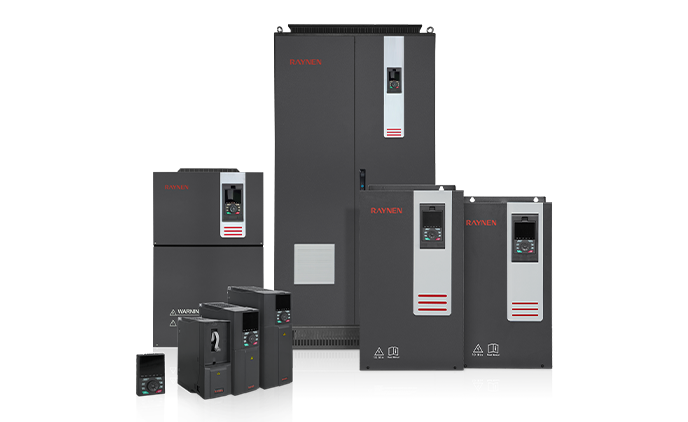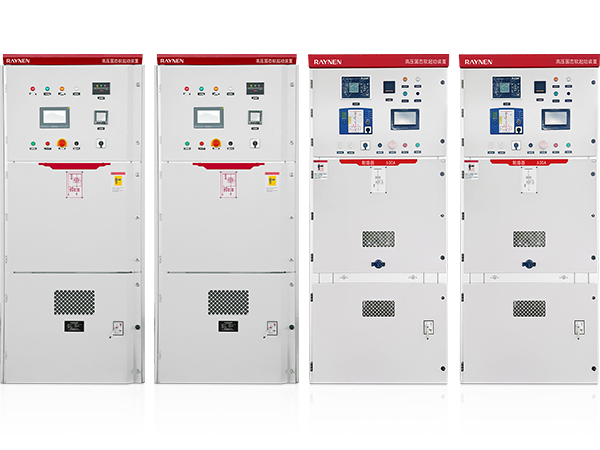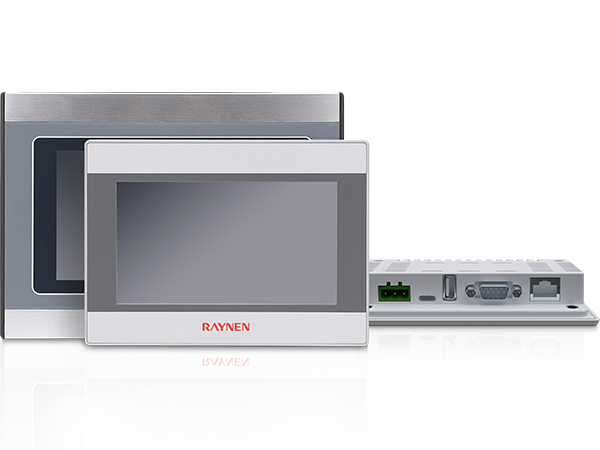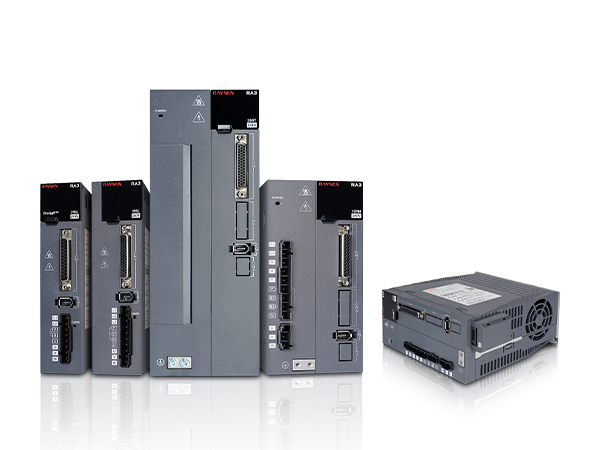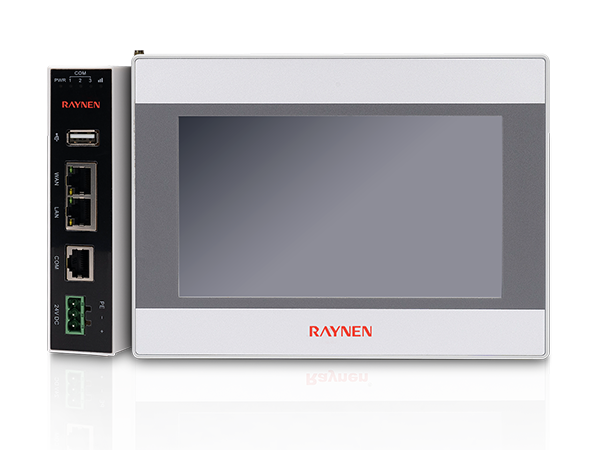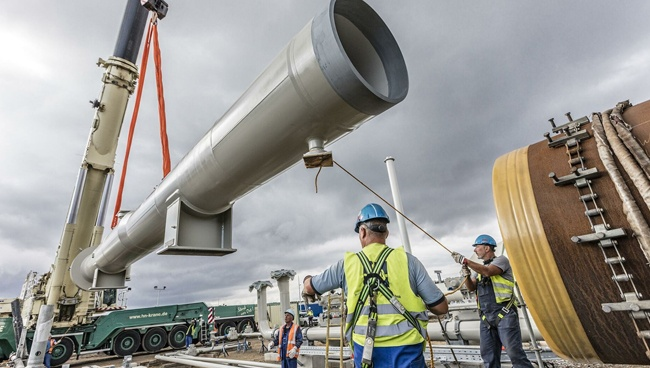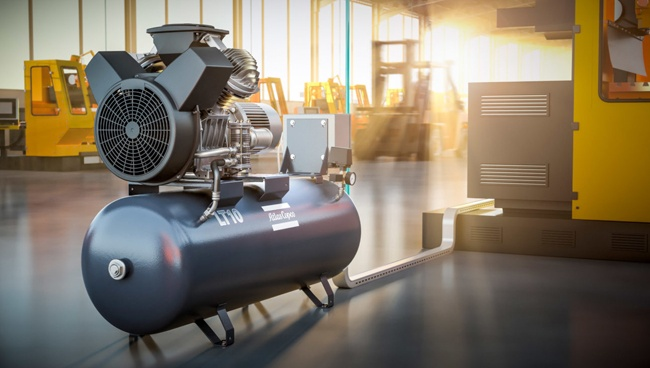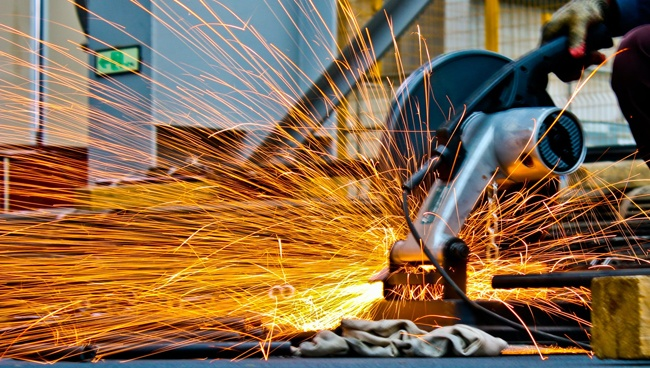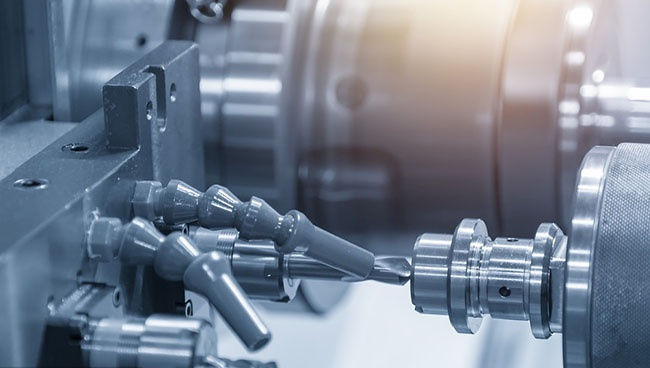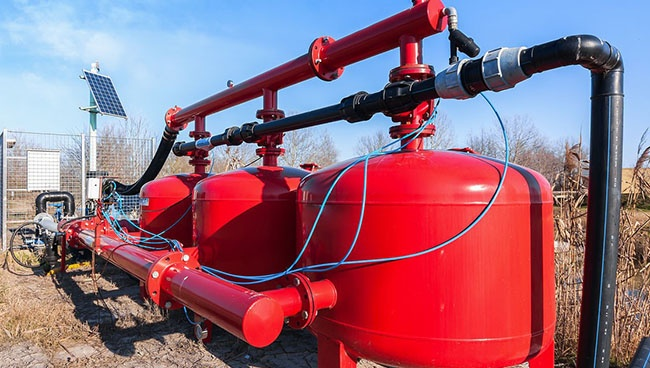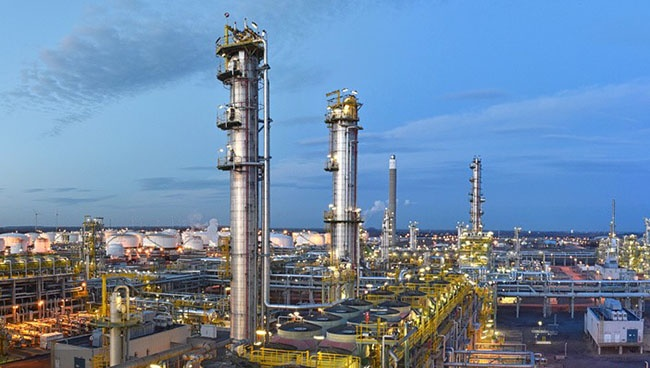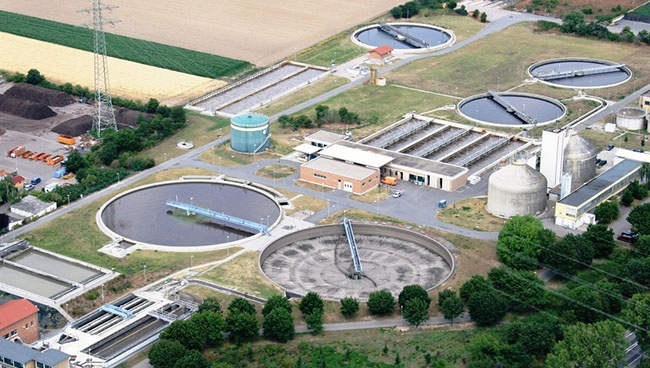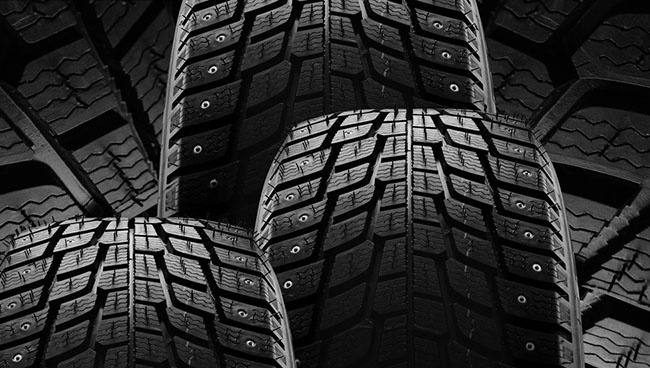1.Introduction to AC Drives (Variable Frequency Drives) In the realm of modern industrial control an......
READ MOREWhat is an AC servo drive?
An AC servo drive is a sophisticated electronic device that serves as the controller for an AC servo motor, enabling precise control over its position, speed, and torque. Unlike standard AC motors, which are designed for continuous rotation at a relatively constant speed, AC servo motors, paired with their drives, form a closed-loop system capable of highly dynamic and accurate motion control. This makes them indispensable in a vast array of modern automation and robotic applications.
How AC Servo Drives Work
The fundamental principle behind an AC servo drive's operation lies in its closed-loop control system, which continuously monitors the motor's actual state and adjusts its output to match the desired command. Here's a breakdown of the process:
-
Command Signal Reception: The servo drive receives a command signal from a higher-level controller (e.g., a PLC, CNC, or motion controller). This signal dictates the desired motion profile—be it a target position, a specific velocity, or a required torque.
-
Power Conversion (AC-DC-AC):
-
Rectification (AC to DC): The incoming AC power (typically three-phase or single-phase mains) is first rectified into DC voltage.
-
Inversion (DC to AC): This DC voltage is then converted back into a variable frequency and variable voltage AC waveform using an inverter, often employing Pulse Width Modulation (PWM) techniques. This controlled AC output is what powers the servo motor.
-
-
Motor Control: The drive meticulously controls the frequency and voltage of the AC power supplied to the motor. By adjusting these parameters, it precisely regulates the motor's speed and torque.
-
Feedback Mechanism: A crucial component of the closed-loop system is the feedback device, typically an encoder or resolver, mounted on the servo motor. This device provides real-time information about the motor's actual position, speed, and sometimes even current (which relates to torque).
-
Error Calculation and Correction: The servo drive constantly compares the feedback data (actual state) with the command signal (desired state). Any discrepancy between the two is calculated as an "error." Based on this error, the drive's internal microprocessor, utilizing sophisticated control algorithms (often a three-loop control algorithm involving current, velocity, and position loops), adjusts the voltage and current supplied to the motor. This continuous adjustment minimizes the error, ensuring the motor accurately follows the commanded motion.
Key Components of an AC Servo Drive System
An AC servo drive system comprises several interconnected components that work in harmony:
-
AC Servo Drive (Controller/Amplifier): The brains of the operation, receiving commands, processing feedback, and generating the precise power signals for the motor.
-
AC Servo Motor: A specialized electric motor, typically a permanent magnet synchronous motor, designed for high responsiveness, high torque-to-inertia ratio, and precise control. It has a stator with windings and a rotor with permanent magnets.
-
Feedback Device (Encoder/Resolver): Provides real-time position and speed information of the motor shaft to the drive. Encoders generate digital pulses representing rotation, while resolvers provide analog signals.
-
Power Supply Unit: Provides a stable power source to the servo drive.
-
Cabling: Connects the drive to the motor, feedback device, and power supply.
-
Higher-Level Controller: Sends command signals to the servo drive, orchestrating the overall motion sequence (e.g., PLC, CNC).

Advantages of AC Servo Drives
AC servo drives offer significant advantages over traditional motor control systems, making them the preferred choice for high-performance applications:
-
High Precision and Accuracy: The closed-loop feedback system allows for extremely accurate positioning, speed, and torque control, with minimal deviation from the desired trajectory.
-
Dynamic Performance: They enable rapid acceleration and deceleration, quick settling times, and fast response to changes in commands or loads.
-
High Torque at Low Speeds: AC servo motors can generate substantial torque even at very low speeds, which is crucial for applications requiring precise movements under varying loads.
-
Efficiency: Modern AC servo systems are highly efficient, converting a large amount of electrical energy into mechanical energy, leading to reduced power consumption.
-
Flexibility and Programmability: Servo drives can be programmed and tuned for a wide range of motion profiles, allowing them to adapt to diverse tasks and optimize system performance.
-
Smooth Operation: The advanced control algorithms contribute to very smooth and stable motor operation, even during complex movements.
Applications of AC Servo Drives
Due to their precision, dynamic performance, and reliability, AC servo drives are integral to countless industrial and commercial applications:
-
Industrial Robotics: Essential for controlling the precise movements of robotic arms and joints in manufacturing, assembly, and pick-and-place operations.
-
CNC Machining Centers: Drive the precise motion of cutting tools, spindles, and worktables in computer numerical control machines for metalworking, woodworking, and other material processing.
-
Packaging Machinery: Used in high-speed and high-accuracy packaging lines for filling, sealing, labeling, and sorting.
-
Textile Machinery: Control the precise movements of various components in weaving, knitting, and sewing machines.
-
Printing Presses: Enable accurate registration and precise material handling in high-speed printing applications.
-
Medical Equipment: Found in surgical robots, diagnostic imaging systems, and laboratory automation for their precise and repeatable movements.
-
Semiconductor Manufacturing: Critical for highly accurate positioning of wafers and components in semiconductor fabrication.
-
Aerospace: Used in flight control systems and other critical mechanisms requiring precise and reliable motion.
-
Material Handling: Employed in conveyor systems, automated guided vehicles (AGVs), and other material handling equipment requiring controlled movement.
In summary, AC servo drives are the cornerstone of modern motion control, empowering industries with the precision, speed, and versatility needed to achieve highly automated and efficient production processes. Their continuous evolution promises even greater capabilities and broader applications in the future of automation.

 English
English Español
Español عربى
عربى

